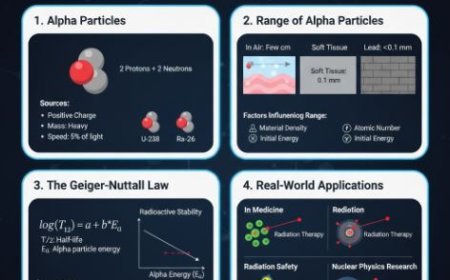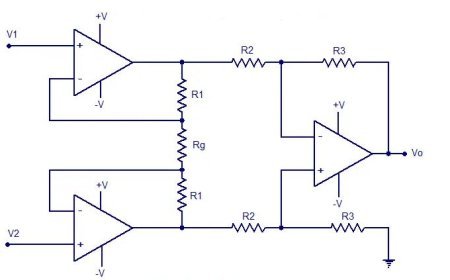IR Spectrophotometer Instrumentation and Sample Handling
Discover how IR spectrophotometers identify chemical bonds by measuring infrared absorption, using key components like light sources, interferometers, detectors, and proper sample handling—crucial for compound identification, quality control, and accurate molecular analysis.

IR Spectrophotometer
Instrumentation and Sample Handling
- Infrared (IR) spectrophotometry is a powerful method used in chemistry, biology, physics, and many other science areas.
1. IR Spectrophotometer
A device called an IR spectrophotometer can find and measure infrared light. By finding the chemical vibrations of things, it helps us figure out what they are made of.
1.1 Function
- Finds Molecular Links: When infrared light hits a material, it absorbs it through certain links in its molecules.
- We can tell what kind of links and groups are in the sample by how it absorbs light.
- Produces Spectra: The device makes a spectrum, which is a graph that shows how much light is received at different wavelengths.
1.2 Importance
- Identifying Compounds: Scientists use IR spectrophotometers to figure out what new materials are by comparing their wavelengths to those of known materials.
- Quality Control: In many fields, it's important to make sure that goods have the right mix of chemicals, and IR spectrophotometry is a reliable way to do this.
2. Instrumentation of an IR Spectrophotometer
There are several important parts of an IR spectrophotometer that work together to analyze data.
2.1 Infrared Light Source
- The light source sends infrared light through the sample.
- Most Common Types: Usually an infrared (IR) lamp or a line that is burned.
2.2 Sample Holder
- Different Kinds of Holders: There are different frames for each type of sample (solid, liquid, or gas):
- Cuvettes for liquids: These are small, clear containers that let IR light pass through them.
- Pellets for solids: Samples of solids can be mixed with a material that doesn't absorb them and then pressed into a pellet for testing.
2.3 Interferometer
- Function: An interferometer splits the IR light streams and then puts them back together again. This process helps make the range better in terms of quality and clarity.
- Types: A Michelson interferometer is used by many IR spectrophotometers for this task.
2.4 Detector
- Purpose: The detector measures how bright the light is that gets through the sample.
- Common Detectors: These include thermocouples, pyroelectric detectors, and photoconductive detectors, all of which turn light into electrical signs.
2.5 Computer System
- Data Analysis: In this step, the data from the analyzer are processed to make the final spectrum, which can then be looked at in more detail.
- Software Visualization: The results are shown in an easy-to-understand way on a computer screen.
3. Sample Handling in IR Spectrophotometry
Using an IR spectrophotometer correctly is very important for getting exact readings.
3.1 Sample Preparation
- Cleaning: The sample box needs to be clean so that it doesn't get dirty. Any impurities can mess up the outcomes.
- Correct Form: The form should be filled out correctly based on the type of sample:
- If you have liquids, put them in a cuvette so there are no bubbles.
- On the other hand, solids should be properly ground or pressed to make analysis better.
3.2 Environmental Conditions
- Temperature and Humidity: The results can be changed by things in the environment. The best way to analyze samples is in a controlled environment.
- Limestone Coating in Solids: It's important to dry solid samples first because wetness can mess up infrared light.
3.3 Calibration
- Standard Samples: To make sure the device is accurate, it needs to be adjusted regularly using known standards.
- Baseline Correction: Before analyzing the real sample, a baseline spectrum is taken to tell the difference between the sample's absorption and instrument noise.
What's Your Reaction?



































